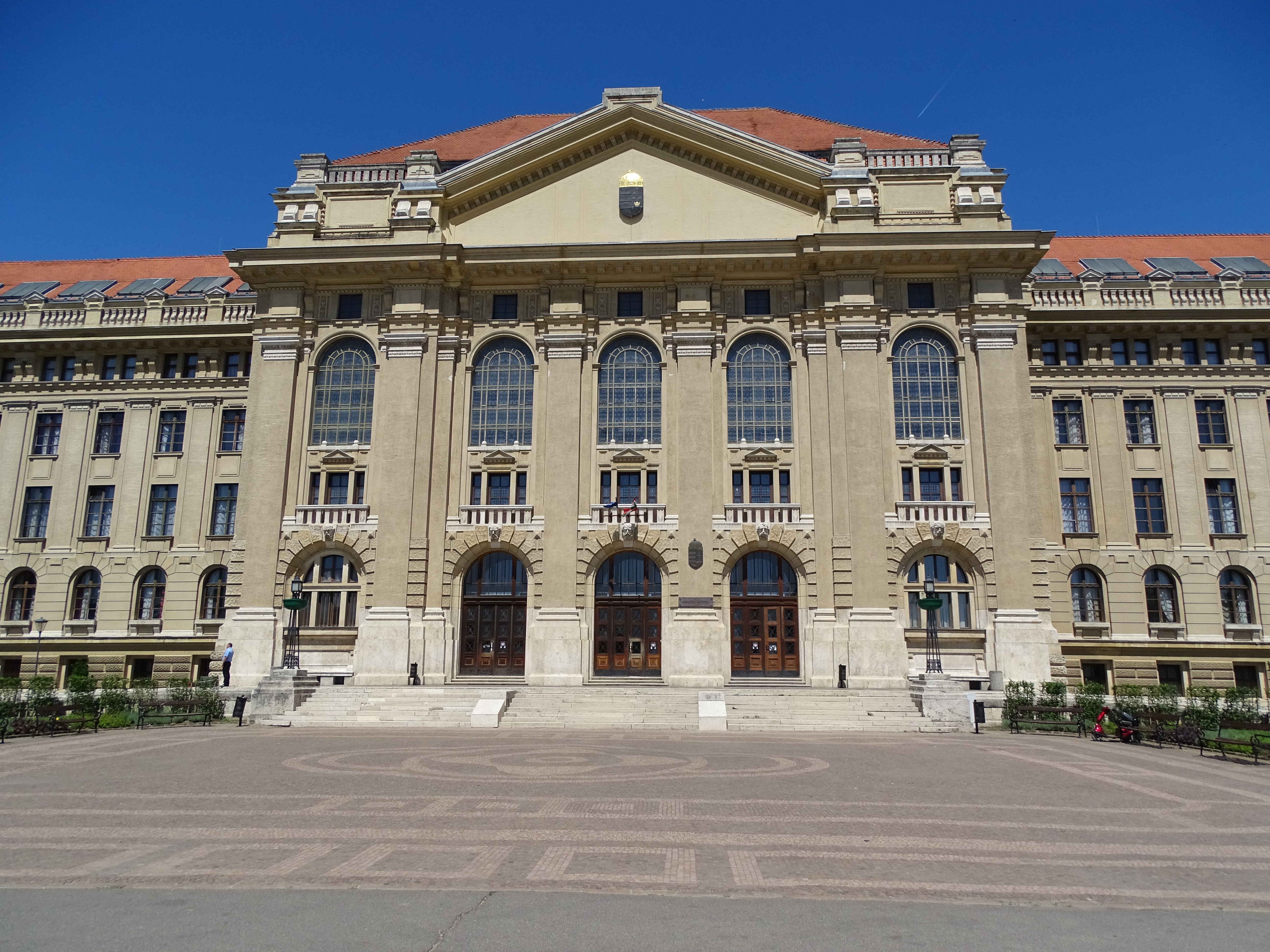THE EUROPEAN ECONOMY AT THE END OF THE 20th CENTURY

Europe’s long post-war boom had its counterpart in other parts of the world economy, especially in Japan. The Japanese boom was longer and stronger from the late 1940s until the early 1970s, when the growth rate of GNP was more than 10% annually. Reasons for this stunning performance were the technological catch-up because in the 1930s and 1940s Japan had been isolated, and now many technological innovations could be borrowed at minimal cost. The high level of human capital contributed to the success and after catching up it became a leader in introducing new technology, especially in electronics and robotics. Japan could draw on high levels of savings and investment of the Japanese people and a sophistication of Japanese management with high payoffs of industrial research and innovation and the collective and cooperative spirit of the Japanese people. Also South Korea and Taiwan had very high growth rates for similar reasons with the special position of Singapore and Hong Kong, which was until 1997 under British rule. The Pacific Basin area together with Australia and New Zealand became a major actor in world economy, too.
During the late 19th century and the beginning of the 20th century Latin America was an important participant in the international division of labour with a comparative advantage in primary products. In the middle of the 20th century the countries of the “southern cone”, Argentina, Uruguay and Chile, enjoyed per capita incomes comparable to Western Europe. Then they started programmes on import substitution and industrialisation, all of which failed due to the fact that domestic markets were too small and there was a lack of international cooperation in the region and a lack of human capital to adopt and develop the new technology. So the increase of per capita income was below that of the rest of the world and the region’s share of total world trade declined. Unfavourable trade balances, especially in Argentina, Brazil and Mexico, resulted in alarming levels of international indebtedness in the 1980s. The economic conditions in Africa were even more deplorable. The new nations lacked natural and human resources and political circumstances hindered economic development, further exacerbated by ethnic enmities. Several African nations actually endured negative rates of growth of income.
The Middle East has acquired economic importance in the 20th century because of its oil resources, which were discovered in the first decade of 20th century in Persia and then in several Arab states. Until the 1950s the region accounted for as little as 15% of the world production; in comparison the USA accounted for 50% at that time. In 1960 the OPEC (Organisation of Petroleum Exporting Countries) was formed and by 1970 the OPEC comprised 1/3 of the world crude oil production. In 1973, time of 4th Arab-Israeli war, they acted in cartel fashion to increase sharply the price of crude petroleum; an action they repeated a decade later with the result that the world price rose 10 times. High dependency on petroleum at that time had a devastating effect on the highly industrialised and developing economies. Developing countries suddenly faced much larger deficits in their balance of payments, which forced them more deeply into debt. Industrial nations faced “stagflation”, meaning a stagnation of output and employment together with inflationary price rises. The situation persisted from the 1970s to the 1990s and produced the highest levels of unemployment since the 1930s. Meanwhile political and religious changes in the region altered the balance of power. In 1979 an Islamic republic was established in Iran and Iraq’s dictator Saddam Hussein invaded the country in order to annex oil-producing regions. Nine years of war with millions of casualties followed. After a truce Saddam invaded Kuwait, which resulted in the Gulf War of 1990.
…








